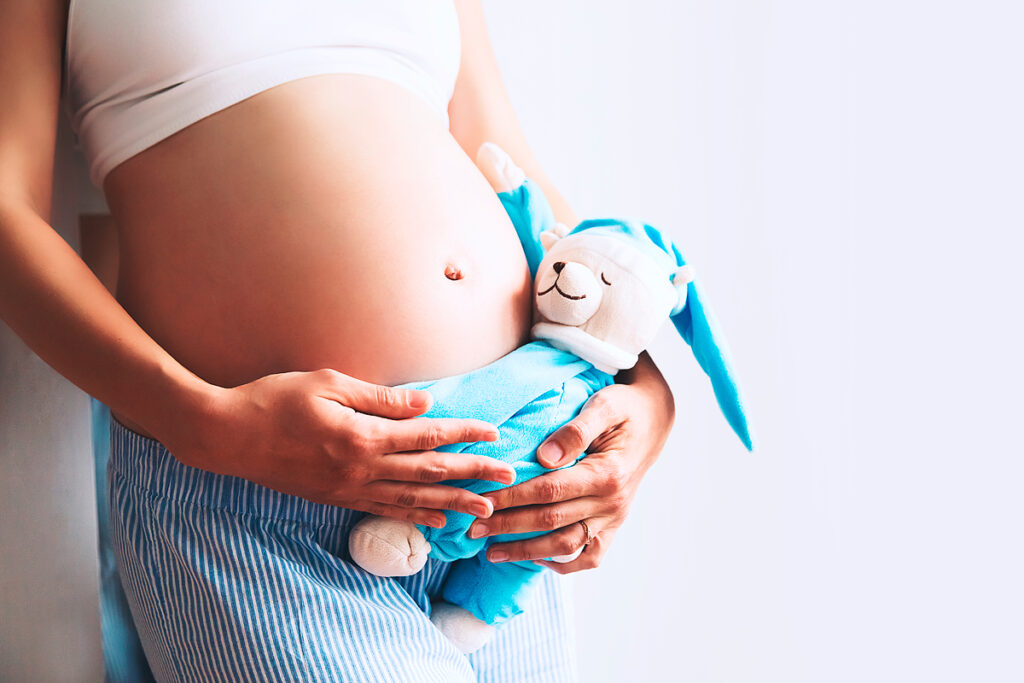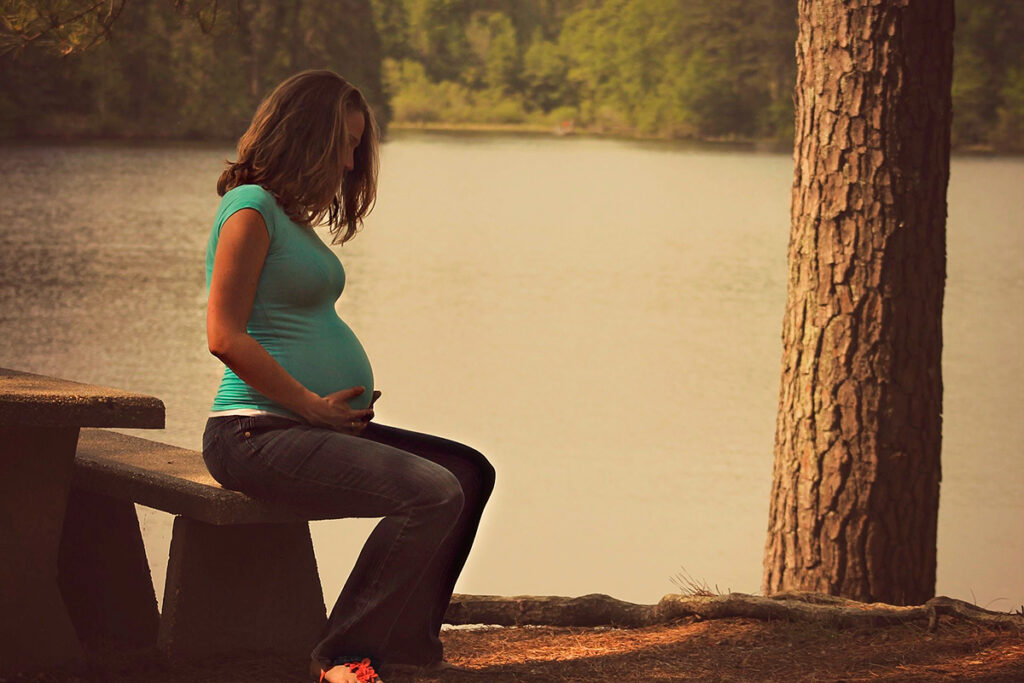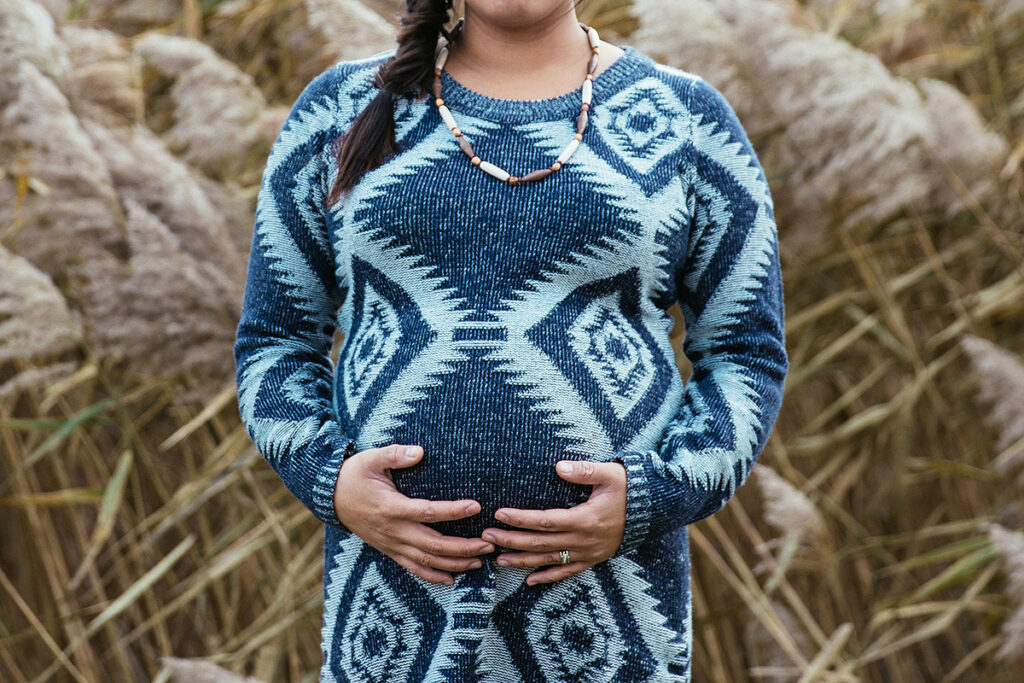Newborns and infants rarely get SARS-CoV-2 coronavirus. However, when infected, they can develop a severe form of COVID-19 with multisystem inflammatory syndrome, high viral load, and contagiousness. The first studies of SARS-CoV-2 among pregnant women aimed to study the possibility of vertical and placental coronavirus transmission. Later it became known that vertical and placental infections are rare.
Protection of newborns from pathogens is provided by maternal IgG antibodies transferred through the placenta. Scientists have found that antibodies to SARS-CoV-2 are carried through the placenta worse than antibodies to other diseases. The relative lack of humoral immunity transmitted from the mother creates a risk of SARS-CoV-2 infection for newborns and infants.
Although in the regions with the highest incidence, up to 16% of pregnant women test positive for SARS-CoV-2, pregnant women and newborns are excluded from the vaccine and therapeutic trials due to increased safety standards. Previous studies have shown that both newborns and pregnant women are particularly susceptible to respiratory infections, including influenza and respiratory syncytial virus. Recent data show that when infected with SARS-CoV-2, a large proportion of newborns and infants develop severe or critical diseases. Given the immature nature of the newborn immune system and the fact that developing vaccines for pregnant women and children takes longer, infants are very vulnerable during the SARS-CoV-2 coronavirus pandemic.
Placental transmission of antibodies
IgG antibodies are carried across the placenta by the neonatal Fc receptor (FcRn). To interact with the FcRn receptor, the antibody must undergo glycosylation-connect to a carbohydrate (glycan).
The transfer of placental IgG antibodies begins in the first trimester but increases exponentially during pregnancy, with most of the transfer occurring in the third trimester. Recent studies indicate a selective transfer of IgG across the placenta depends on the antibody subclass and Fc-glycan profile.
IgG1 antibodies are preferably transferred through the placenta, followed by IgG3, IgG2, and IgG4. Among IgG1 antibodies, galactosylated antibodies (combined with galactose) are preferably transferred. It may be due to stronger binding to both the placental receptor FcRn and the immune cell receptor FCGR3. That allows the most effective transfer of specific subpopulations of antibodies to newborns under the pathogen’s influence.
SARS-CoV-2 during pregnancy can disrupt the transfer of antibodies across the placenta by altering glycosylation
Recent studies have shown that SARS-CoV-2 causes changes in Fc-glycan profiles. It increases the likelihood that SARS-CoV-2 infection during pregnancy affects the quality of transmitted immunity.
According to previous studies, HIV and malaria infection in pregnant women leads to decreased placental transfer of non-specific antibodies. Impaired antibody transfer was attributed to infection-related changes in antibody glycosylation and elevated blood antibody levels (hypergammaglobulinemia) in the infected mother, leading to competition for binding placental receptor FcRn.
For most pathogens, IgG titers in the umbilical cord are higher than in maternal blood. In acute Dengue (DENV) and Zika (ZIKV) viral infections, antibody transfer coefficients of ~1.0 were observed in pregnant women, in contrast to the coefficients of 1.5 or more, commonly observed for vaccinated pathogens such as influenza and whooping cough. These lower transfer rates suggest that specific antibody glycosylation in acute infection conditions may lead to less effective placental transfer.
The researchers examined the response of humoral immunity against influenza, whooping cough, and SARS-CoV-2 in 22 pregnant women with a positive test for SARS-CoV-2 in the third trimester of pregnancy (COVID-19+) and 34 pregnant women with a negative test (COVID-19-). Antibodies targeting influenza hemagglutinin (HA) and pertussis pertactin (PTN) were effectively transferred in both groups of pregnant women. However, the transfer of SARS-CoV-2-specific IgG antibodies was significantly worse. Instead of the umbilical cord’s expected active transfer, resulting in higher titers of umbilical cord antibodies than maternal titers, reduced titers of RBD- and S-specific antibodies were present in the umbilical cord. The titers of N-specific antibodies in the umbilical cord were stable or slightly reduced.
Violation of placental transfer of antibodies to the SARS-CoV-2 coronavirus was observed only in pregnant women infected in the third trimester. Moreover, the time from infection did not significantly affect the transfer rate. In the second trimester, the placental transfer of antibodies to SARS-CoV-2 remained effective.
Increased IgG levels and closer proximity of FcRn and FCGR3A receptors compensate for low placental transfer of SARS-CoV-2 antibodies
Even though pregnant women did not have clinical hypergammaglobulinemia, COVID+ mothers had elevated IgG levels even a few weeks after infection. The total IgG titer was significantly higher in COVID+ mothers but not in their cord blood. Instead, overall IgG transfer rates were lower in COVID+ mothers. The lower the IgG level in COVID – pregnant women, the more effective the placental transfer of HA-specific antibodies was. In COVID+ pregnant women, increased IgG levels did not affect HA-IgG transfer. That suggests the presence of a compensatory mechanism during SARS-CoV-2 infection that prevents competition for antibody binding to the placental receptor FcRn observed in hypergammaglobulinemia in other infections. In contrast to the transfer of HA-specific antibodies in COVID-pregnant women, the transfer of specific antibodies to SARS-CoV-2 improved with increased IgG levels. It was probably due to a concomitant increase in SARS-CoV-2 antibodies along with an overall increase in IgG levels.
A slight increase in FCGR3A receptor expression was observed in the placenta of COVID+ pregnant women. There was no difference in the expression of the FcRn receptor. In COVID + pregnant women, these two receptors were located much closer to each other. Perhaps this is a compensatory immune mechanism specific to the third trimester of pregnancy. This mechanism can probably compensate for the violation of glycosylation in SARS-CoV-2 infection and stimulate the selection of specific antibodies that enhance the activation of natural killers that destroy infected cells to ensure the best immunity to the newborn.
Conclusions
Despite the increased susceptibility to infections of pregnant women and newborns, they are among the last to receive vaccines due to high safety requirements. Understanding gaps in the immune response in pregnant women and newborns can provide critical insights for the selection and development of therapeutics and vaccines to protect this vulnerable population effectively.
Impaired placental transfer of infection-associated antibodies was observed only in the third trimester. Understanding how antibody transfer varies by trimester will help identify the most desirable windows for vaccination to optimize protection for both mother and child.
Determining the rules for the selection and placental transfer of antibodies in the context of infection can provide vital information for the development of next-generation vaccines that provide pregnant women and newborns with stable immunity to SARS-CoV-2.
Source
Compromised SARS-CoV-2-specific placental antibody transfer



